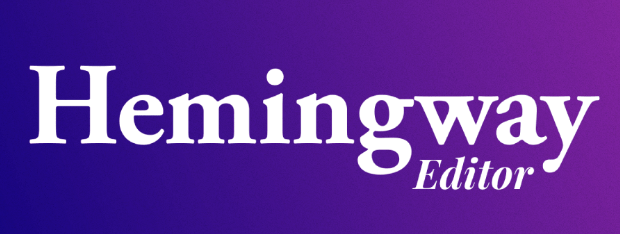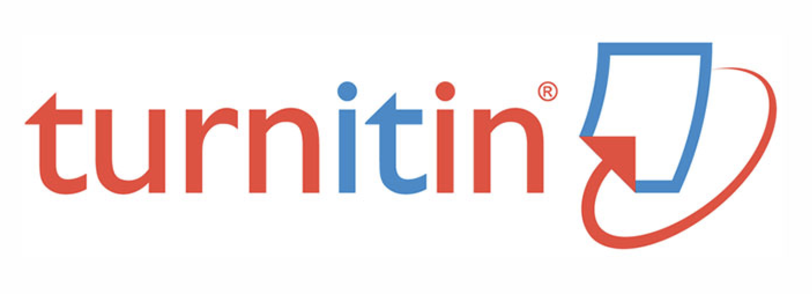Analysis of Customer Satisfaction with Short Food Supply Chain Method Purchases
DOI: https://doi.org/10.26618/profitability.v8i2.13249
Value of International Trade, Exports and Imports, Migas and Non-Migas
Abstract
This study was conducted to determine the scale of comparison of the value of exports and imports of Migas and non-Migas in Indonesia. The research time period is 10 years with a sample population of Indonesian export and import data. Data was obtained through the Central Bureau of Statistics (BPS) and processed through descriptive qualitative methods and using economic line graphs. This research results in 1) The volume of Migas exports is on a stable scale, while the volume of non-Migas exports is on a more fluctuating scale and has a larger volume. 2) The volume of Migas imports is on a stable scale, while the volume of non-Migas imports is on a more fluctuating line and has a larger volume. 3) The value of Migas exports is on a stable scale, while the value of non-Migas exports fluctuates and increases and has a larger value. 4) The value of Migas imports is on a stable line scale, while the value of non-Migas imports fluctuates more and has a greater import value than Migas. Researchers concluded a suggestion that focuses on the government as the authority of international trade policy to further maximize policies related to the maximum value of exports rather than imports in order to maximize state revenue.
References
Benos, T., Burkert, M., Hüttl-Maack, V., & Petropoulou, E. (2022). When conscious consumption meets short food supply chains: Empirical evidence on how higher levels of motivation influence consumers. Sustainable Production and Consumption, 33, 520– 530. https://doi.org/10.1016/j.spc.2022.07.028
Carolan, M., 2020. Automated agrifood futures: robotics, labor and the distributive politics of digital agriculture. J. Peasant Stud. 47(1), 184--207. https://doi.org/10.1080/03066150.2019.1584189 .
Carzedda, M., Marangon, F., Nassivera, F., & Troiano, S. (2018). Consumer satisfaction in Alternative Food Networks (AFN): Evidence from Northern Italy. Journal of Rural Studies, 64, 73–79. https://doi.org/10.1016/j.jrurstud.2018.10.003 Cembalo, L., Lombardi, A., Pascucci, S., Dentoni, D., Migliore, G., Verneau, F.
Churchill, G. A., Jr., & Surprenant, C. (1982). Investigating the determinants of customer satisfaction. Journal of marketing research, 19(4), 491–504. https://doi.org/10.2307/3151722
Farrell, J., Saloner, G., 1985. Standardization, compatibility, and innovation. Rand J. Econ. 16(1), 70--83.
Galli, F. and G. Brunori. 2013. Short Food Supply Chains as drivers of sustainable development (Evidence Document) . Food Links Project. Laboratory in Sismondi rurali studies.
Garg, R., Aggarwal, H., 2016. Big data analytics recommendation solutions for crop disease using Hive and Hadoop Platform. Indian J. Sci. Technol. 9. https://doi.org/10.17485/ijst/2016/v9i32/100728.
Giampietri, E., Verneau, F., Del Giudice, T., Carfora, V., & Finco, A. (2018). Theory of Planned Behavior perspective to investigate the role of trust in consumer purchasing decisions regarding short food supply chains. Food Quality and Preferences, 64, 160–166. https://doi.org/10.1016/j.foodqual.2017.09.012
Goic, M., Levenier, C., & Montoya, R. (2021).
Goic, M., Levenier, C., & Montoya, R. (2021). Drivers of customer satisfaction in the grocery retail industry: A longitudinal analysis across store formats. Journal of Retailing and Consumer Services, 60, Article 102505. https://doi.org/10.1016/j. jretconser.2021.102505
Gomez, M., & Rabinovich, E. (2017). Local Intermediary and Food Retailers. American Journal of Agricultural Economics, 99(3), 637–659. https:// doi.org/10.1093/ajae/aaw115
Gonzalez-Azc M., Sustainable Consumption choices, 26,911–920. https://doi.org/10.1016/js c.2021.01.003
Grigoroudis, E., & Siskos, Y. (2002). Preference disaggregation for measuring and analyzing customer satisfaction: The MUSA method. European Journal of Operational Research, 143(1), 148–170. https://doi.org/10.1016/S0377 2217
Jayashankar, P., Johnston, WJ, Nilakanta, S., Burres, R., 2020. Co-creation of value-inuse through big data technology-a B2B agricultural perspective. J. Bus. Ind. Mark. https://doi.org/10.1108/JBIM-12-2018-0411. In press
Marsden TK, Banks J. And Bristow G. 2000. Food Supply Chain Approaches Exploring Their Role in Rural Developmenet . Journal of Socialology Ruralis, Vol. 40 No. 4.
Paciarotti, C., & Torregiani, F. (2021). Short food supply chain logistics: A literature review. Sustainable Production and Consumption, 26, 428–442. https://doi. org/10.1016/ j.spc.2020.10.002 Partalidou, M. (2015). Food Miles and Future Scenarios for the System
Tanasa, Lucian. 2014. Benefits of Short Food Supply Chains for the Development of Rural Tourism in Romania as Emergent Country During Crisis . Journal Agricultural Economics and Rural Development, New Series, Year XI, No. 2.
European Union. (2013). Regulation (EU) no. 1305/2013 of the European Parliament and of the Council of 17 December 2013 on support for rural development by the European Agricultural Fund for Rural Development (EAFRD) and repealing Council Regulation (EC) No 1698/2005. https://eur-lex.europa.eu/legal-content/ EN/TXT/ HTML/?uri=CELEX:32013R1305&from=EN
Vittersø, G. (2020). Are Short Food Supply Chains More Environmentally Friendly than Long Chains? Life Cycle Assessment (LCA) of Food Chain Eco-Efficiency in Selected EU Countries. Energy, 13(18), 4853. https://doi.org/10.3390/en13184853 Malak-Rawlikowska, A., Majewski, E., Wÿs, A., Borgen, SO, Csillag, P., Donati, M
Downloads
Published
Issue
Section
License
Authors who publish with Jurnal Ilmu Manajemen Profitability agree to the following terms:
Copyright of the articles remains with the authors.
Authors grant the journal the right of first publication with the work simultaneously licensed under a Creative Commons Attribution-NonCommercial 4.0 International License (CC BY-NC 4.0). This license allows others to:
Share (copy and redistribute the material in any medium or format)
Adapt (remix, transform, and build upon the material)
as long as they give appropriate credit to the original author(s) and source, provide a link to the license, and indicate if changes were made. Non-commercial use only.
Authors are permitted to:
Distribute their published work (e.g., post it to an institutional repository or publish it in a book), with an acknowledgment of its initial publication in this journal.
Enter into separate, additional contractual arrangements for the non-exclusive distribution of the journal’s published version of the work (e.g., post it to a class website or institutional archive).
For permissions to use the content published in this journal beyond the scope of the license (e.g., commercial purposes), please contact the editorial office via the journal email.
License Details:
This journal is licensed under a Creative Commons Attribution-NonCommercial 4.0 International License (CC BY-NC 4.0).












